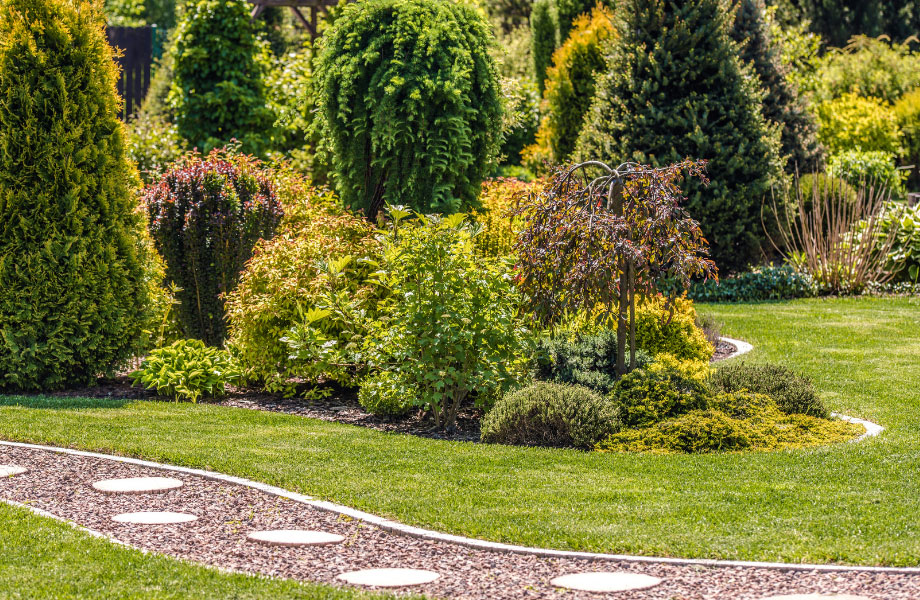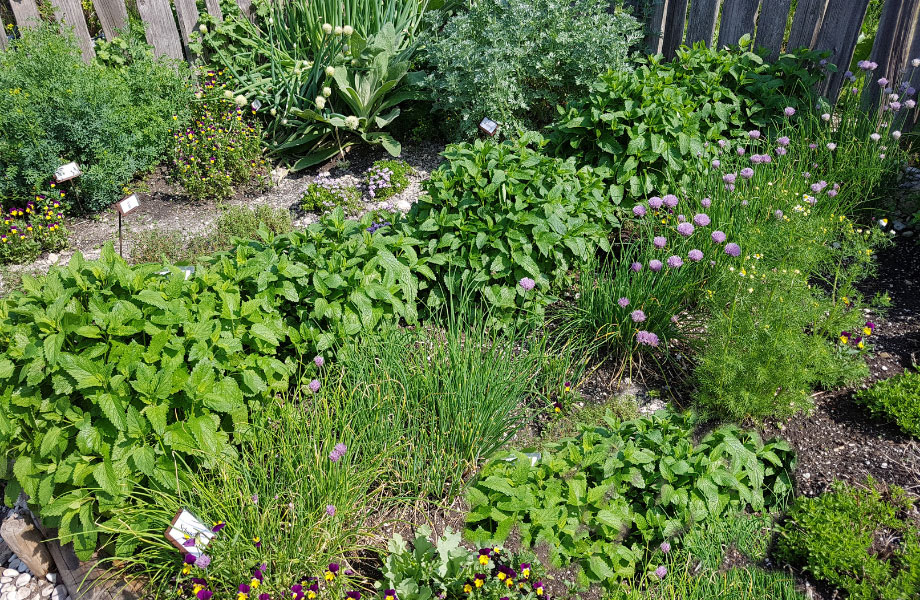If you love the outdoors, you probably care about protecting it. So, when you’re designing an outdoor living space, it’s important to consider eco-friendly options. This is great for the environment and the health of your family and pets. And an easy way to reduce the environmental footprint of your home and improve its value. It can even be budget friendly (we promise!).
There’s no need to rip out all your current landscaping and start afresh – though you certainly can if you want to! There are plenty of things you can do to boost your green credentials whether you are starting from scratch or modifying what you already have. Let’s take a look at your eco-friendly options.
How to Create an Eco-Outdoor Area
Embrace Hardscapes and Alternate Ground Covers
Incorporating hardscapes and alternate ground covers into your outdoor space is a great way to boost your green credentials. The smaller your lawn or other living ground cover, the lower your water usage!
Consider how you might use functional spaces such as a patio, sitting area or walkway. This will not only give you a good head-start in your eco-outdoor area, but also some structure to plan the rest of your space.
When it comes to what materials to use, organic paving stones are a low-maintenance, durable option. They add a natural touch to your eco-outdoor space and look stunning (if we do say so ourselves!). Each stone is unique while maintaining the same size ratio, which helps with your design planning.
Other low-environmental impact landscaping materials that look great are mulch, gravel or bark. All are low maintenance and can be easily replenished. They’ll also save on your water bill by helping your soil maintain moisture and regulate temperature. On the plus side they limit weeds and reduce erosion, as well – two more great environmental benefits.
Other materials may have other eco-friendly benefits as well. For example, cypress mulch is a fine blend of fibres that offers natural protection against white ants (meaning you have to use less pest control!).
Choose Organic Materials
Whether you are starting from scratch or making a few changes to an existing outdoor space, choosing eco-friendly materials is a great way to immediately ‘go green’.
Organic potting mix, fertilisers, top dress sand and lawn under turf offer a range of ways to incorporate this eco-friendly material into your outdoor area. And we even carry some beautiful organic pavers and stepping stones (that are perfect for the hard landscaping you’re sure to be including in your outdoor design!).
By choosing organic products to feed and treat your plants and to landscape your garden, you reduce the chance that you might harm beneficial insects. And you won’t need to be concerned that you’re adding unnecessary chemicals that might harm your family, pets or the earth.
Boost Your Soil
The more robust and healthy your soil is, the better it can support plants and insects. You can boost your soil and make it a little more eco-friendly, with a great soil conditioner. It will top up your soil’s nutrients, improve soil structure and provide essential microbial activity. Your soil’s nutrient and moisture retention capacity will improve, and your soil will be fed for up to 12 months. This makes it a great choice for the environment and your budget.
Premium garden mixes and potting mixes are another sure-fire way to boost your soil and create an eco-friendly garden. Find mixes that have a high organic composition and superior drainage capabilities. They’ll feed your plants and improve the existing soil structure and are ideal for boosting the health of your garden beds, raised garden beds, rooftop and balcony gardens and indoor and outdoor pots.
Select Eco-Friendly Plants
When it comes time to consider the plants to include in your outdoor area, be strategic. Beds for vegetables, herbs and flowers are practical, beautiful and eco-friendly options for your new outdoor space – but you want to ensure that you use the right plants.
Consider using seeds to lower your carbon footprint initially. Seedlings and full grown plants will have a higher footprint, and you may not know how they have been grown. For example, you won’t know whether or not pesticides were used, or what kind of soil they were planted in.
In terms of the plants that you’d like to have in your eco-outdoor space, consider those that are low maintenance and won’t require too much water. Flowers are wonderful for adding fun and colour and attracting native and honeybees. Choosing perennial flowers (those that regrow each year) will keep your costs low and limit the amount of resources you need to commit to new plants.
Native plants also tend to fare better and be more friendly to an eco-outdoor area (after all, they’re here naturally). If you do decide to plant non-natives or higher maintenance plants, group them into sections by varying water needs. That way you won’t waste water on plants that don’t need it.
Go green! Get in touch with us to talk through how to improve the green-credentials of your eco-outdoor space. And be sure to keep tabs on our how to page to find helpful blog posts like this and more. And if there’s anything else, remember you can contact the expert team at Rock n Soil any time!













